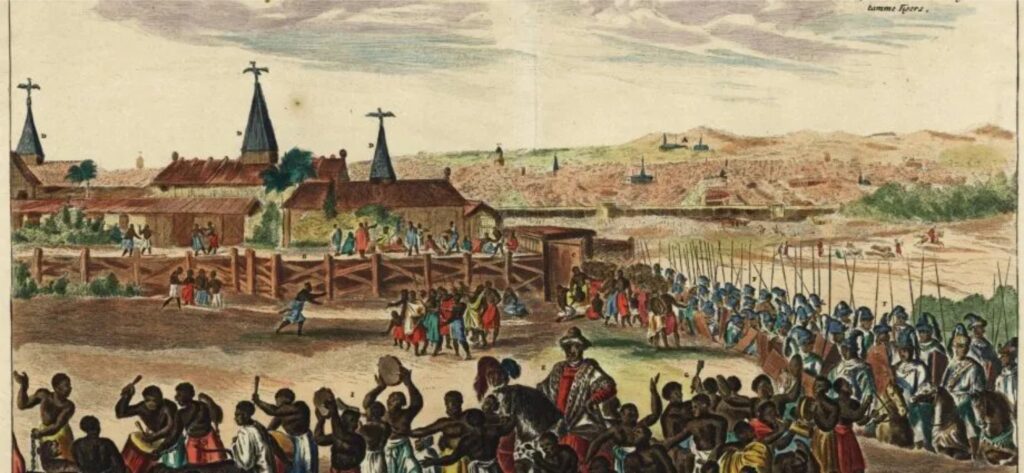In the heart of Kano lies one of Africa’s oldest surviving dyeing traditions. The Kofar Mata dye pits, established in 1498, are more than just shallow wells filled with indigo. They are an unbroken thread of heritage, where time folds into fabric. Generations of Hausa dyers have stood barefoot in these pits, stirring cloth through fermented dye baths under the harsh northern sun.
This site is not just an attraction. It is a living museum of cultural resilience. The techniques used today remain largely unchanged from centuries past. Leaves from the indigo plant are soaked, pounded, and left to ferment for days to produce the deep, rich blue that has become synonymous with Kano’s textile identity. The process requires patience and skill, both of which are passed down orally from father to son, mother to daughter.
Craftsmanship as Identity
The Kofar Mata pits are surrounded by history. They sit near the ancient city walls of Kano, whispering stories of trade caravans, royal patronage, and spiritual rites. Indigo dyeing in Hausa culture is not only economic. It is deeply symbolic. Blue garments once signified status, spirituality, and readiness for special ceremonies. The famous Babban Riga, a flowing robe dyed in these pits, is worn with pride across northern Nigeria and West Africa.
Beyond tradition, this dyeing practice is sustainable. The tools are simple. The water is reused. The dyes are plant-based. Long before eco-conscious fashion became a global concern, the artisans of Kofar Mata had already mastered how to work with nature instead of against it.
Preservation in a Changing World
Despite its legacy, the dye pit industry faces pressure from modernity. Imported synthetic fabrics and dyes, industrial clothing trends, and urban development threaten to overshadow the quiet art of traditional dyeing. Yet the pits endure. They attract tourists, scholars, and fashion designers seeking authenticity and inspiration. Local custodians continue to teach younger generations, ensuring that the rhythm of dyeing never fades into silence.
Kofar Mata is more than a dye site. It is a symbol of Kano’s enduring spirit, a tribute to Hausa ingenuity, and a reminder that some of the most beautiful things are born from patience, earth, and heritage.
References
- BBC Travel – Kano’s Ancient Dye Pits: A Living Heritage
https://www.bbc.com/travel/article/20210610-kanos-ancient-dye-pits-a-living-heritage - The Guardian Nigeria – Kofar Mata Dye Pits: Echoes of Indigo and History
https://guardian.ng/saturday-magazine/kofar-mata-dye-pits-echoes-of-indigo-and-history - Nigerian Museums – Preserving Traditional Crafts in Kano
https://nigerianmuseums.org/preserving-traditional-crafts-in-kano


